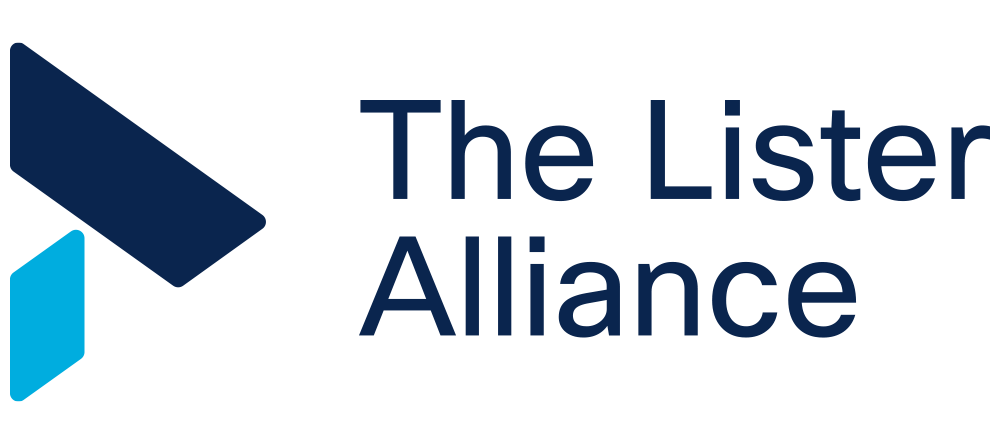From protecting railways to protecting patients – the benefits of computer vision in healthcare
Computer vision – teaching machines to understand objects and scenarios through a camera – is one of the most exciting areas in technology today. And using the lessons learned in the transport sector, we can start to see the benefits of computer vision for healthcare.
At Purple Transform we develop technology to improve human outcomes, focussing on the ethical use of AI and data analytics – we are experts at layering camera vision and IoT sensors with third-party data.
Computer vision in healthcare will be able to spot obstructions in walkways, detect someone falling over, and can even raise alerts if vulnerable patients go missing.
So, what’s the link to the railways? This is where our company's heritage lays– we've developed use cases for railway safety and reduced the huge cost to the public purse from trespassing.
We’ve taught our systems to recognise if a person entering an area is authorised to do so. Using contextual data and machine learning, we can separate railway passengers and workers from trespassers.
Our goal was to reduce the response time and bring down the cost of infringements which, as taxpayers, we all ultimately have to pay for. We’ve also recently won Innovate UK funding with Lancaster University and Govia Thameslink on a project to reduce suicides on the railway.
The same technology, applied differently, could have benefits for the NHS and support the development of smart hospitals in the future. Let’s explore this in more detail.
Supporting our NHS with computer vision and data analytics
As with many others across the UK, I have a strong personal connection to the NHS. I was a paramedic for 18 years, before working in various primary care settings.
For those of us serving the NHS, we care about it deeply, and understand many of the day-to-day challenges facing those working on the frontline.
No matter what sector, our mission is to understand the problem, and help that person or organisation get to where they want to. We want to help people use the right blend of technologies as well as demonstrate the data which shows how a solution is delivering benefits.
And that’s why we got excited about partnering with The Lister Alliance.
We realised for hospitals and care settings, data and computer vision could offer benefits to improve patient safety, while helping clinicians respond faster and work more efficiently.
For instance, if a vulnerable patient leaves their room unexpectedly, the system can detect it and alert the right people.
It means healthcare workers minimise the time it takes to track down the lost person – they’re instead sent straight to where the patient was last seen, and can even get a live camera view of them.
It’s about getting the right insights – into the hands of the right people – at the right time.
Data privacy at the forefront
When creating any system, we have to ensure data privacy is front and centre – and in a healthcare setting, this is even more acute.
The ethical application of AI and computer vision is extremely important to us as a company. It has resulted in us designing our system to not individually identify people. You can see in the example below how the data is overlaid on top of a static image of the scene:
Using machine learning, the system can categorise what it detects via the camera sensors. When combined with contextual third-party data, it’s able to provide deep insights to help clinicians and building managers in their roles. For instance, alerting the best person to remove a blocked fire escape quickly.
Our approach ensures privacy and data protection are front and centre - while also delivering the benefits of the technology.
AI and computer vision will bring many benefits to healthcare – we’re excited to be on this journey with The Lister Alliance and look forward to sharing more of our work.


